Written by James McQuaid
The current protests in Iran have had a clear impact on the Iranian people, the security of the Iranian regime, and the nation as a whole. Along with these impacts, the recent wide scale uproar throughout the country will have definite economic impacts. These events will affect not only the Iranian national economy, but economies throughout the rest of the world as well.
The cause of these widespread protests stem from the current hijab law that Iranian law follows. In September of 2022, a 22 year old woman named Masha Amini was arrested for not properly observing hijab law, which mandates a head covering for women. On September 16, 2022, Amini was killed by the Iranian morality police in the capital city of Tehran (Fassihi and Engelbrecht). As a result, protests have broken out all throughout Iran, including in the cities of Naziabad, Fallah, and Valiasr, which have been viewed as cities that commonly support the regime (Vick). Since the start of the protests, at least 216 people have been killed and thousands have been injured and arrested (Fassihi and Engelbrecht).
The largest economic impact that these events could have on the Iranian economy relates to the oil industry. Much of the Iranian economy depends on their energy resources, as the nation is a major supplier of the raw materials needed for energy around the world. Iran ranks second in the world for natural gas reserves and fourth in the world for proven crude oil reserves (The World Bank). In particular, the nation relies heavily on oil revenues. In the past, due to the presence of Russian oil, there have been contractions in oil exports in Iran, causing inflation in the country. Now, with these ongoing protests, oil workers in some state-owned petroleum facilities have called a strike to show their support. Additionally, the protest has spread to other parts of the industry, as a refinery at Abadan engaged in a strike as well. The strikes of these workers will contribute to less output of oil in Iran. Since the supply of oil will decrease, but oil is still in high demand, the price level of oil will once again increase. Similar to the past, inflation will increase in the nation, leading towards a recession. With higher prices, there will be less expenditure, and the nation’s GDP will suffer. Furthermore, less export of oil will lead to an even lower GDP as well. In general, the large-scale involvement of the Iranian people in these protests will lead to a halt in economic activity throughout the nation. This halt will lead to less total output of other goods and services throughout the nation, leading to lower economic growth.
Additionally, these protests could lead toward positive changes for the Iranian labor force. This public outrage and massive support for women’s rights could lead to new opportunities for women in the workplace. Currently, women make up over 50 percent of university graduates in the nation, but only make up about 17 percent of the labor force. This is due to Iran’s extreme lack of gender equality and push for women to take up “ideal roles” as mothers and wives (Far). However, given the fact that there is widespread support for these protests, even in areas that typically back the current government, there is great potential for change in the rights that women can have. Improving upon women’s rights could lead to greater job opportunities for women, and could cause more women to enter the labor force. With the addition of more women into the workforce, the lack of oil output that has been present could be improved upon. This would allow for prices of oil to lower and inflation overall to decrease. The opportunity to export more oil could increase the growth or GDP of the nation as well.
These protests are not only limited to the Iranian regime’s treatment of women, but also the poor economic management of the past for Iran. The Iranian economy is also suffering due to the outside influence of world powers. Due to increased use of nuclear activities, outside nations put economic sanctions on Iran, crippling their economy. In 2015, a nuclear deal helped bring Iran some relief from those original sanctions, but later the sanctions returned under President Trump. Under this current regime, it appears that the sanctions will still exist, and there is a lack of hope in the Iranian economy (Tajdin).
It is apparent that this important point in Iranian history could have major implications on their economy. Protests and unrest will lead to a lack of current production of oil and other services, building upon the original shortages that have caused the Iranian economy to suffer. However, the potential for more involvement in the labor force for women could be of great benefit to the economy long term. It remains to be seen whether there is change for Iran and how quickly it will occur.
Sources:
Fassihi, Farnaz, and Cora Engelbrecht. “Tens of Thousands in Iran Mourn Mahsa Amini, Whose Death Set off Protests.” The New York Times, The New York Times, 26 Oct. 2022, https://www.nytimes.com/2022/10/26/world/middleeast/iran-protests-40-days.html.
Tajdin, Behrang. “How Iran’s Economic Woes Created Conditions Ripe for Protests.” BBC News, BBC, 11 Oct. 2022, https://www.bbc.com/news/world-middle-east-63154987.
Far, Tara Sepehri. “‘It’s a Men’s Club.’” Human Rights Watch, 20 Aug. 2018, https://www.hrw.org/report/2017/05/25/its-mens-club/discrimination-against-women-irans-job-market.
“Islamic Republic of Iran: Overview.” World Bank, https://www.worldbank.org/en/country/iran/overview.
Vick, Karl. “The Protests after Mahsa Amini’s Death Could Change Iran.” Time, Time, 11 Oct. 2022, https://time.com/6221004/iran-protests-mahsa-amini-change/.

